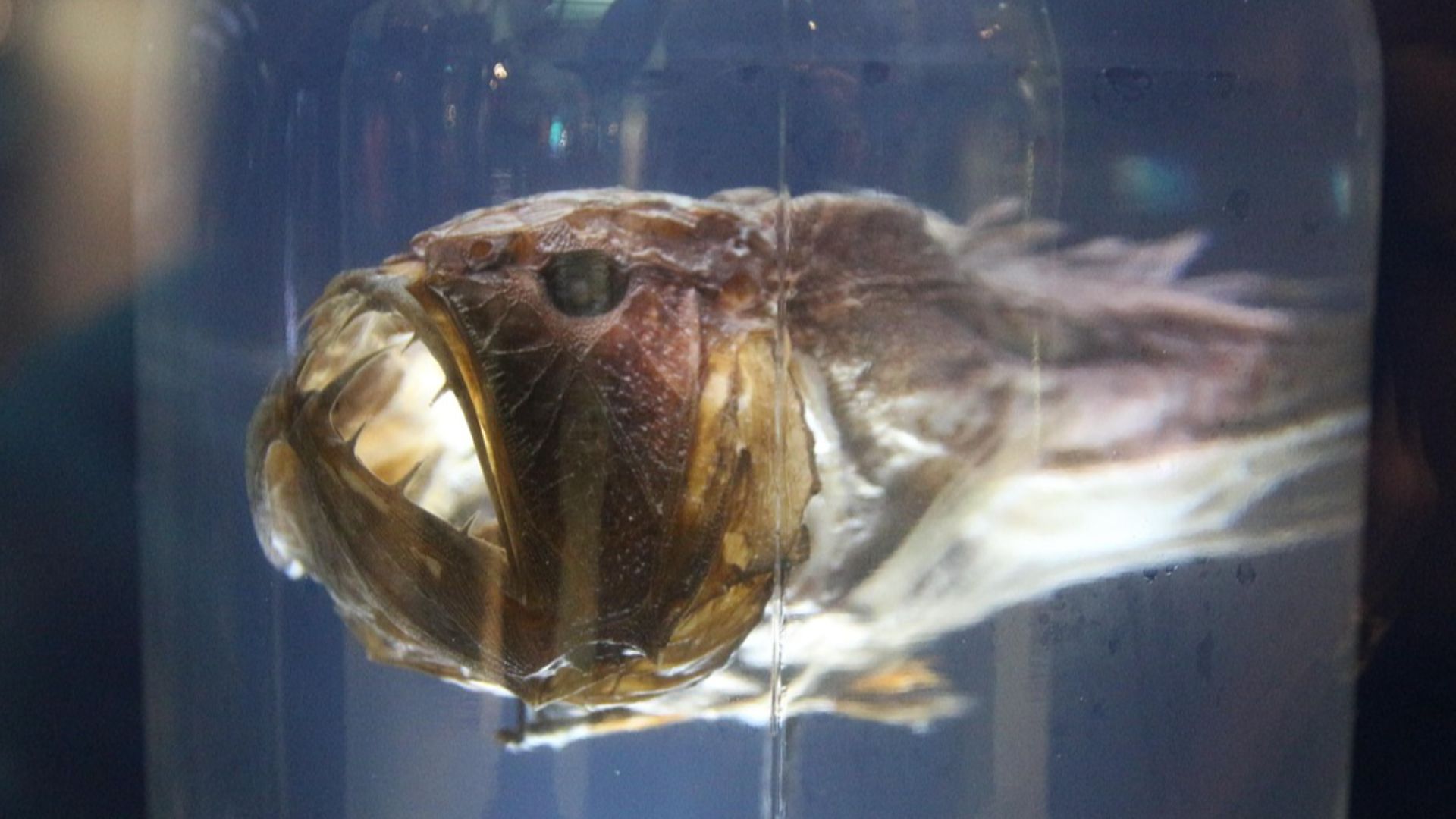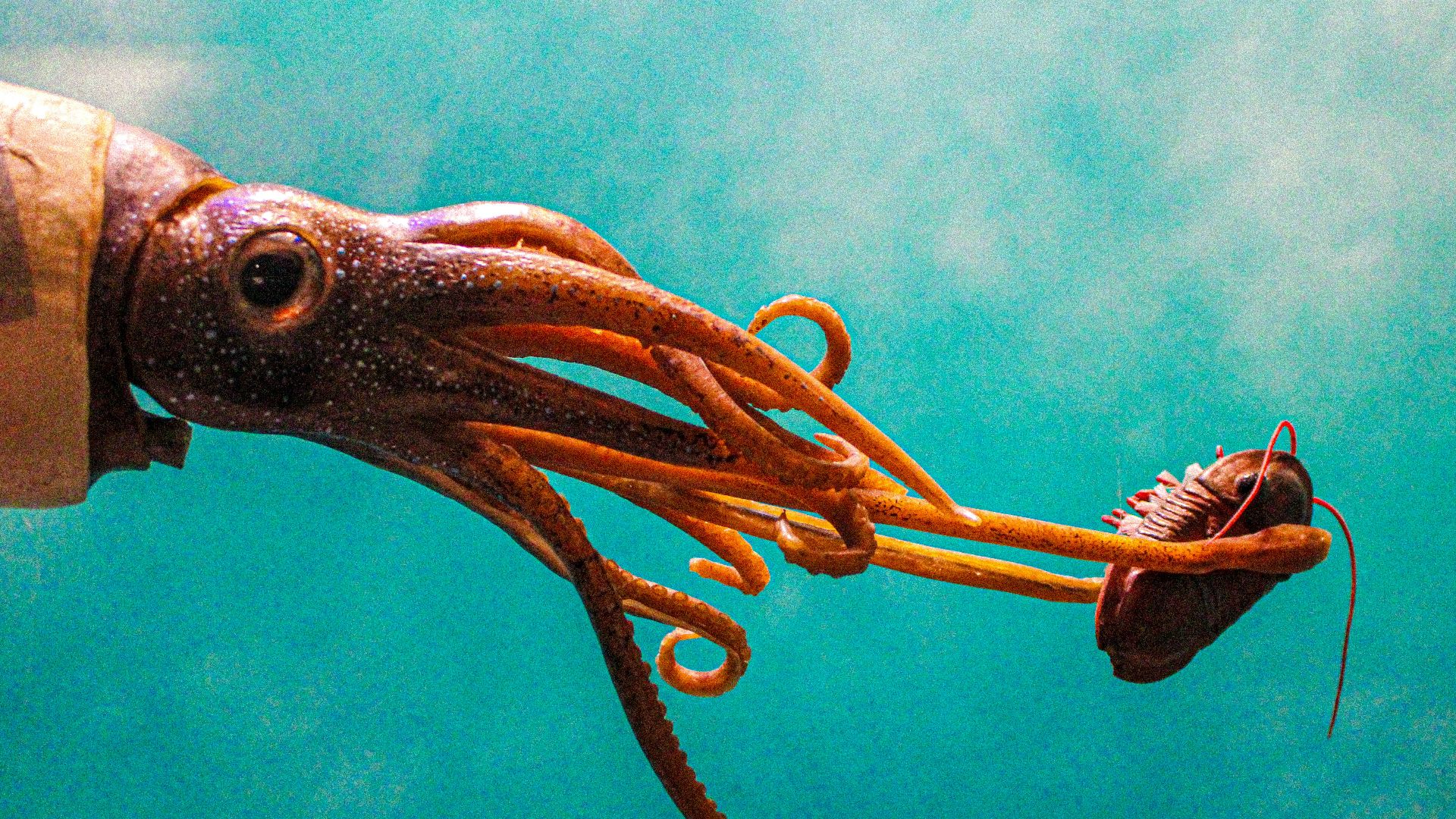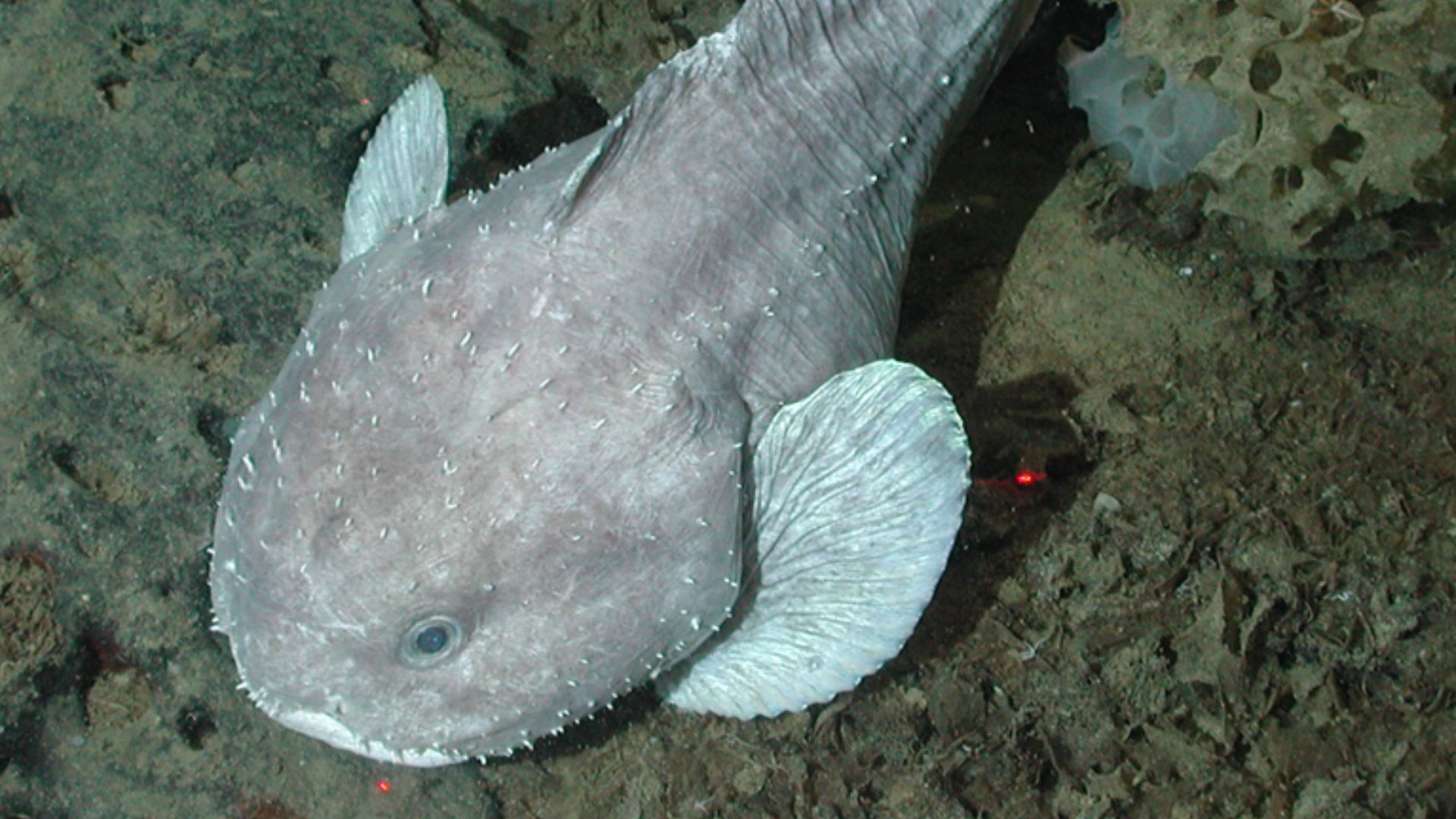The ocean's surface is a friendly place. Clownfish wave hello from cartoonish anemones, parrotfish are shimmering rainbows come to life, and sea turtles cruise around like stoned surfers on rollerskates. But once you dive a few thousand feet, the scenery takes a turn for the strange. Bright colors and cuddly features are replaced by blobfish, goblin sharks, fangtooth eels, and a whole bestiary of creatures that look like they crawled out of a nightmare. The deeper you go, the creepier fish become, and for some very good reasons.
Light as a Weapon
Total darkness begins a few hundred meters down, where evolutionary weirdness takes hold. High pressure, no sunlight, and a scarcity of food are conditions that necessitate strange adaptations. In any other place on Earth, they might seem laughable, or terrifying. Take the deep-sea anglerfish. It’s one of the deep’s most famous residents.
The fish has a bulbous head, needle teeth, and a fishing rod-like appendage hanging from its forehead. On the end of this fishing rod is the esca, a luminous orb packed with bioluminescent bacteria known as Photobacterium. The effect is a ghostly, solitary lantern dangling in an inky abyss. Prey that comes near to investigate soon discovers, too late, that the light it’s attracted to belongs to an ambush predator. The lure is also used to find a mate in an environment where potential partners are few and far between and encounters are likely to be short.
Bioluminescence becomes a weapon in the deep. Some animals use it to hunt. Others use it to make being hunted a little less successful. One defense sounds like a combination of mystical and mildly gross: the vampire squid's reactive "detonating" defense. If it feels threatened, it inverts itself like an umbrella made of skin, revealing spiny projections designed to frighten predators. But if that doesn't work, it ejects a cloud of sticky, bioluminescent mucus, glowing, shimmering goop to blind and confuse an attacker. The mucus can also entangle a predator, leaving it vulnerable to larger predators.
Deep-Sea Gigantism
Deep-sea monsters get their freaky look from another undersea trait: deep-sea gigantism. Certain deep species can grow many times larger than shallow relatives. Imagine puppy-sized isopods or dinner-plate-eyed giant squids. Add extreme bulk to already outlandish physiques, and it's easy to see why so many deep dwellers conjure images from horror films. This could be due to surviving colder temperatures, where a slower metabolism allows for longer lifespans. Or simply to make up for food scarcity, as bigger animals can consume and store more energy.
Under Pressure
Pressure at the bottom of the ocean can be 120 times what we experience at the surface. It crushes any creature not perfectly adapted and explains the blobfish's infamous appearance. In its natural environment, down at the bottom of the ocean, the blobfish looks fairly normal for a bony fish. Bring it to the surface, though, where the pressure drops, and its body decompresses into a gelatinous blob.
It's not what the fish really looks like, though. It's what it looks like in an environment it was never meant to survive in. Over here, the blobfish's lack of bones and its tiny muscles make it a meme. In the deep sea, those are advantages, not weaknesses.











